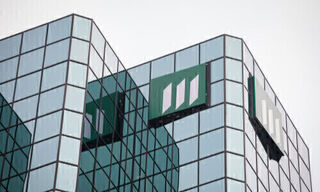Online brokerages today operate in a highly competitive space. To capture growth, they must understand behaviour differences between clients and fine-tune offerings, multi-asset broker eToro tells finews.asia.
Although eToro uses the same platform to serve its customers worldwide, it is gradually tweaking its interface for clients in different countries as it moves to capture growth in Asia. With offices in Limassol, London and Tel Aviv, the online broker is seeing more new users coming from this region.
«Year-to-date, we see 15-20 percent of our new users coming from Asia,» said Jasper Lee, managing director of eToro Asia in an interview with finews.asia.
«In Southeast Asia we are also localising the platform by launching the Melayu version, and working on Thai and Vietnamese to better serve SEA markets,» Lee added. eToro presently has 10 million users on a global scale, across more than 140 countries.
Differences Between Asian and Western traders
For its China interface, eToro used the opposite colors for profit and loss as compared to its original interface. This is because in western countries, green refers to profit and red refers to loss but in China, it is the reverse.
«We found that Asian clients are more sensitive to China-related stocks such as Alibaba and JD. Also, Asian clients tend to use higher leverage,» said Lee.
Helping Clients Manage Risk
Knowing that its retail clients may not have access to sophisticated solutions that institutional clients may have, eToro has built several tools to help its retail clients manage risks.
For example, a key feature of eToro is copy trading, which allows users to copy the trades of other traders on the platform. Secondly, the system has a stop loss that can be manually set by traders to control their trading risks.
«eToro’s key strengths are its transparency and measures implemented to protect users and reduce risk. The eToro Newsfeed also allows users to share their knowledge,» said Lee.
Offering Risk Scores And Research
Inside the platform, traders are assigned a risk score – the lower the score, the better the risk-management of the trader. The score takes into account the trader’s deployment of leverage, account equity, along with other factors.
«If a trader’s risk score is higher than 7, he is considered a risky trader and users are prevented from copying him,» Lee explains.
To empower retail clients further, eToro offers its clients access to educational materials. Besides comments from the community, eToro's users can find research from analysts which is powered by TipRanks, a firm which ranks financial analysts.


























